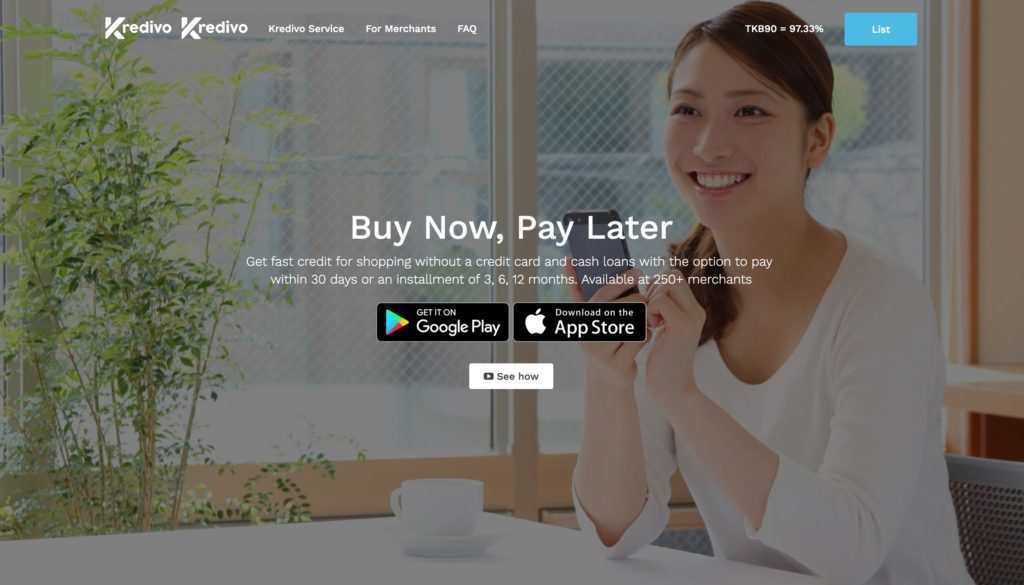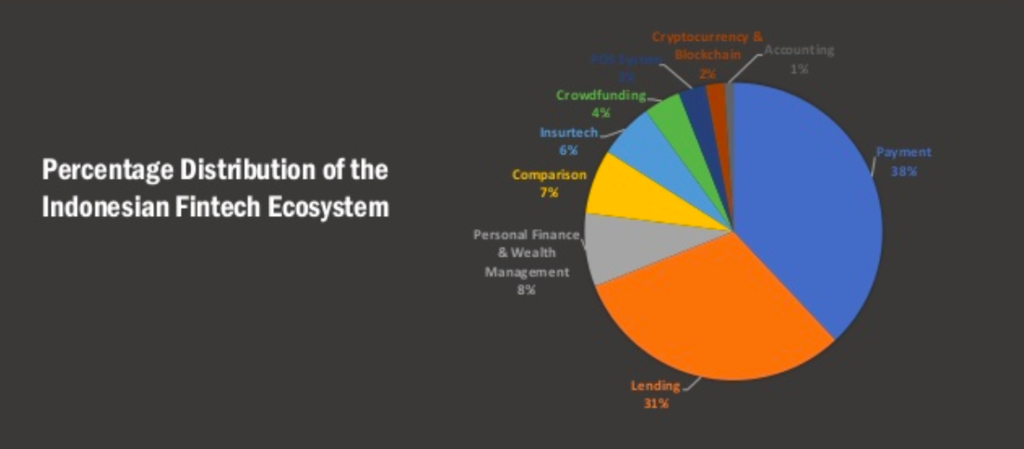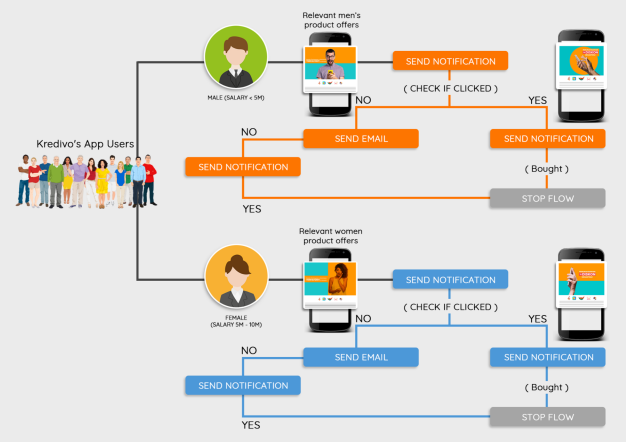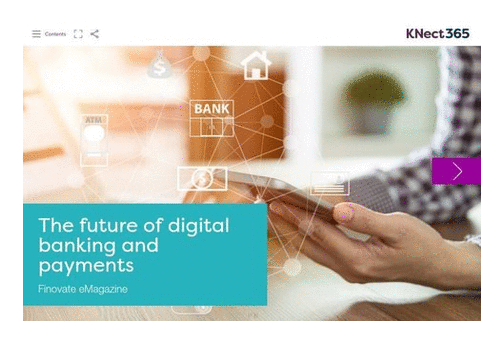This is a guest post contributed by Sam Makad, an experienced writer and marketing consultant at studyclerk. His expertise lies in marketing and advertising. He helps small and medium enterprises to grow their business and overall ROI. Reach out to Sam Makad on Twitter or LinkedIn.
PwC’s 2017 Digital Banking Consumer Survey provides enlightenment of the rapidly changing behavior of the digital banking customer. The report specifically refers to the rise of a new breed of customers that it labels omni-digital or those who only use mobile, PCs, and tablets to conduct their banking, avoiding physical channels of banking altogether.
However, at a time when fintech organizations have turned the financial industry on its head by introducing digital at every level, banks must recapture the attention of their prospects in a mere span of 8 seconds if they wish to beat the competition and improve their customer satisfaction rates, as well as, their bottom line. Here are five proven interactive marketing strategies that will help you redesign your customer experience as per your customers’ tastes.
1. Simplify Financial Concepts with Explainer Videos
According to research, more than 50% of visitors leave a website within 15 seconds. To avoid this, many companies are now adopting interactive marketing by sharing short videos on their website.
You can also tap into the power of influencer marketing to take your brand to customers effectively. According to a report, “92% of consumers trust recommendations from others, even people they do not know, over branded content.”

A report by TD Bank indicates that a majority of the millennials believe they could benefit from some advice on financial topics like savings (32%), credit cards (26%), and creating a budget (30%).
2. Make Your Website the Main Touch Point for Customers
The digital generation wants to have minimal interaction with business representatives to solve their problems. A large percentage of Generation Z participants in a PwC survey stated they prefer to find information online and cope with problems themselves.
Live chat technology can be an interesting feature to escalate your customer experience significantly. According to Forrester, “44% of online consumers say that having questions answered by a live person during an online purchase is one of the most important features a website can offer.”
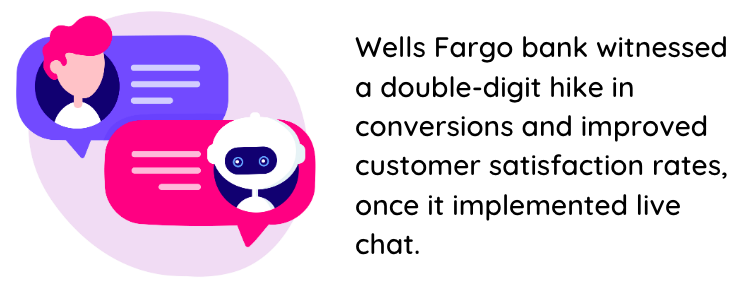
The data shared during live chats can also make for a useful repository of information that could be used to build your FAQ section, or even train a chatbot to engage your customers 24/7.
HDFC Life adopted India’s first life insurance chatbot that acts as a financial guide for insurance advice, ranging from health to tax planning and retirement. Not surprisingly, this creative solution has connected well with the users. According to a report, 8.03% of users express an intent to purchase the product after interacting with the bot while traditional web-based forms only generate up to 2% interest.
3. Create a YouTube Channel For Information Rich Content
According to research, 72% of consumers prefer to use a video to learn about a product or service than any other channel. Sounds promising, doesn’t it?
HDFC created a short, 28-second video with a famous celebrity that shows how users can make use of PayZapp in their daily lives in a very relatable and entertaining manner.
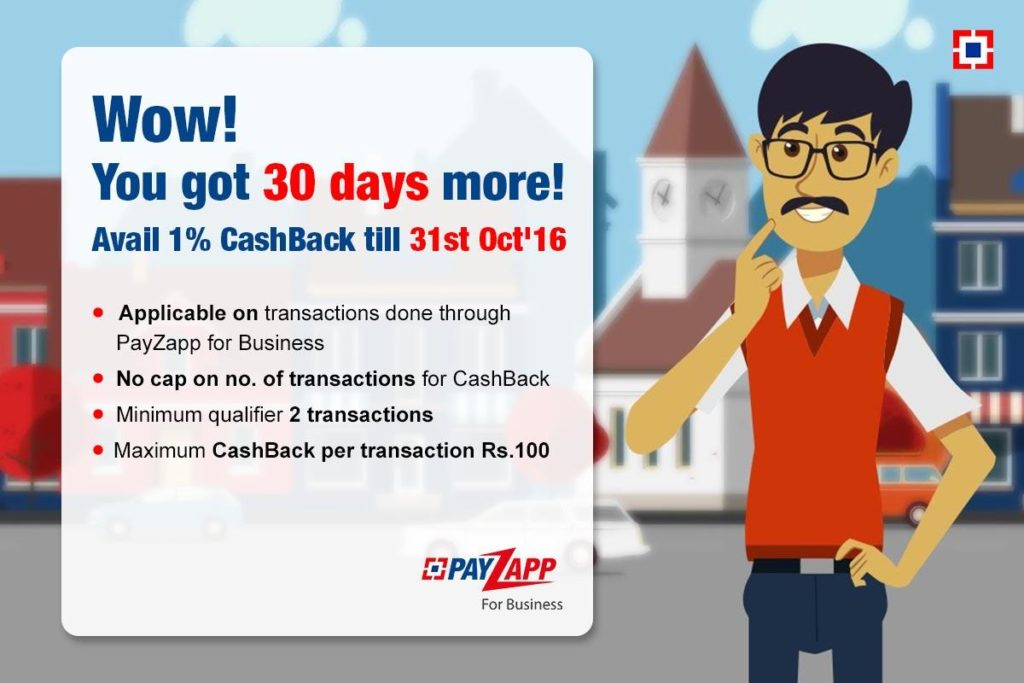
Tips for creating engaging content for your YouTube channel:
- 68% of consumers find educational and informational content more valuable. Create how-to content, tutorials, and data-driven content to help users, as well as promote their services.
- Research says that videos between 16 to 120 seconds generate almost 50% of all YouTube views. So keep your videos short and sweet, yet full of useful information for users.
- Conduct live Q&A sessions and webinars on your YouTube channel to spread financial awareness while also sharing information about your products.
4. Email Marketing
Despite so much technological advancement, email marketing remains one of the most engaging marketing channels to provide valuable information to customers. According to data, businesses generate a return of $38 for every $1 spent on email marketing on average.
Email integration can help you build individual customer profiles that can help you gain an insight into the spending and saving habits of your customers. With this information, you can create personalized messages that are relevant to your customers instead of sharing one-size-fits-all email messages that may irritate some users.
Here’s how email integration can help your marketing efforts:
- Segment your audiences into smaller groups based on their buying behavior.
- Create targeted content for different segments to improve conversions.
- Get sophisticated email reporting to receive insightful information about your customers.
- Keep your customer data up to date through automatic synchronization of data.
5. Mobile Marketing
A mobile-friendly website is a pre-requisite for any business, including banks.
According to an infographic by Formstack, 57% of internet users won’t recommend a business with a poorly designed website on mobile. The same infographic adds that 46% of shoppers are less likely to shop around for other options when they are using a company’s mobile app.
Besides, a well-designed mobile platform can be used to share information with clients while also sending them reminders about their pending bills and payment updates to make them feel cared for.
A mobile app can also be used for in-app marketing to deliver a highly personalized product or service related messages to a customer’s device as it is easier and less expensive to up-sell and cross-sell current customers than to acquire a new customer.
Conclusion
In the present era of instant gratification, banks need to up their game to create an omnichannel presence where they can offer a seamless experience to their customers, 24/7. It is also necessary to simplify financial transactions and bring them online to prevent your clients or potential clients from jumping through hoops, which can significantly improve your customer satisfaction rates.

